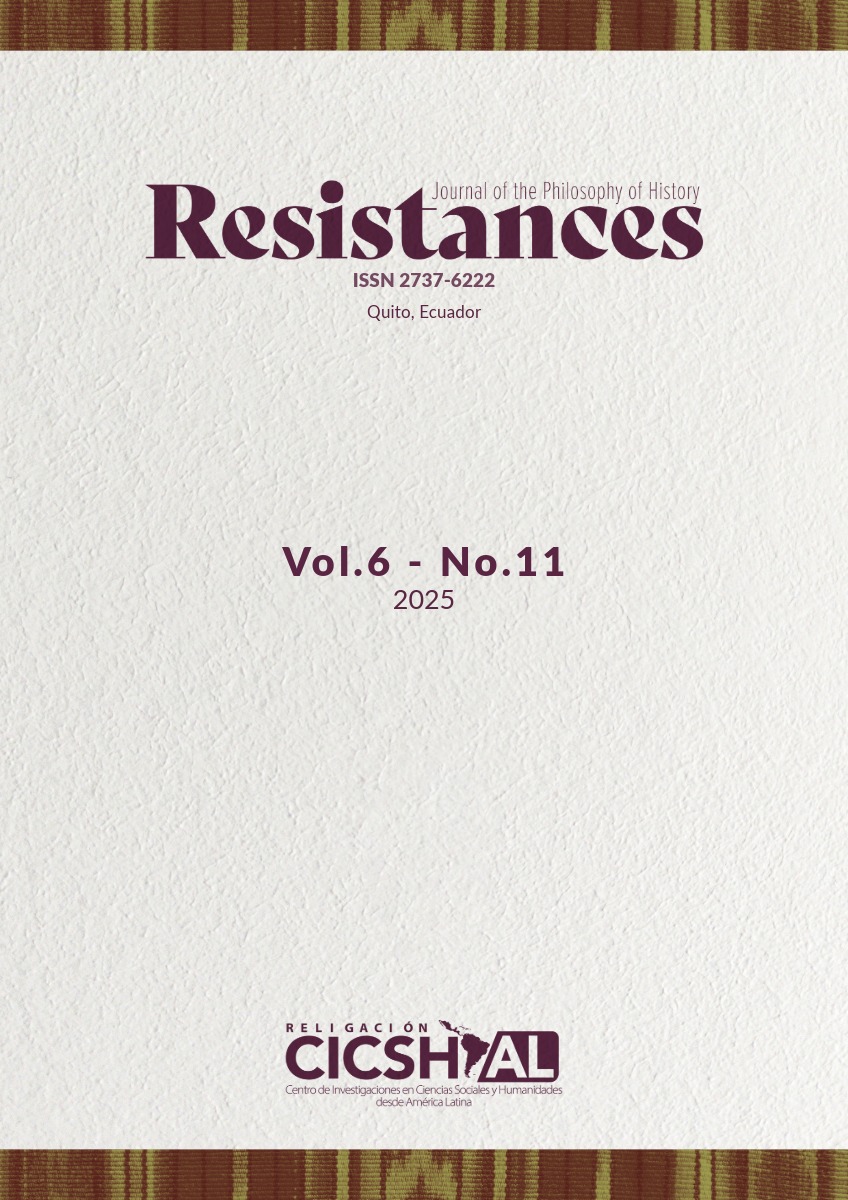Abstract
Emotional health in childhood is a crucial aspect of the students' overall development, as it directly influences their well-being. In this sense, school physical activities play a fundamental role in promoting a healthy environment and contributing to the development of social skills. The main objective of this study is to evaluate how these activities impact the emotional health of primary school students, determining the moods they experience after class and understanding their perception of this discipline. For this, a quantitative and descriptive approach was used with a non-experimental design and a cross-sectional cut. Two questionnaires were applied: the POMS, to measure mood states, and the CAEF, to assess attitudes towards the subject. The questionnaires were administered to a sample of 120 students, aged 8 to 13, from the Joel Monroy Basic Education School. The results indicate that physical education classes improve students' emotional health by reducing stress and fostering a cordial environment. Additionally, students show greater empathy and achieve holistic development in both physical and emotional skills. Therefore, the need to strengthen the subject with appropriate materials and specialized teachers is emphasized.
References
Álamo, C., Antúnez, Z., Baader, T., Kendall, J., Barrientos, M., & Barra, D. (2020). Aumento sostenido de síntomas de salud mental durante tres años en estudiantes universitarios chilenos. Revista Latinoamericana de Psicología, 52(8). https://doi.org/10.14349/rlp.2020.v52.8
Andrade, E., Arce, C., & Seoane, G. (2000). Problemas semánticos en la adaptación del POMS al castellano. Psicothema, 12(2), 47-51.
Araya, E. (2011). ¿Qué educación física para la escuela hoy? Pensamiento Educativo, 38, 172-185.
Barbosa, S. H., & Urrea, A. M. (2018). Influencia del deporte y la actividad física en el estado de salud físico y mental: Una revisión bibliográfica. Katharsis, (29).
Bowyer, K. (2012). A model of student workload. Higher Education, 10(1), 1–14.
Calzada, A. (1996). Educación física 1 y 2: Enseñanza secundaria obligatoria. Gymnos.
Cannon, W. (1915). Cambios corporales en el dolor, el hambre, el miedo y la rabia: Un relato de investigaciones recientes sobre la función de la excitación emocional. Appleton-Century-Crofts.
Cárcamo, J., Widr, G., Hernández, C., & Martínez, C. (2017). Actitudes hacia la educación física: Grados de importancia y conformidad según escolares de Chile y Alemania. Una mirada intercultural. Revista de Educación Física, (32), 158-162.
Catagña, C., Salazar, L., Padilla, D., & Paucar, E. (2024). El papel de la educación física en la reducción del estrés y la mejora del rendimiento escolar. Reincisol, 3(6), 4248-4262. https://doi.org/10.59282/reincisol.V3(6)4248-4262
González, M. (1993). La educación física: Fundamentación teórica y pedagógica. INDE.
Goodwin, R. D. (2003). Association of physical activity and mental disorders in adults in the United States. Psychosomatic Medicine, 65(4), 653-660.
Gruber, J. (1986). Physical activity and self-esteem development in children: A meta-analysis. In G. A. Stull, & H. M. Eckert, (eds.). Effects of Physical Activity on Children (pp. 30-48). Human Kinetics.
Gutiérrez, S., & Pilsa, D. (2006). Actitudes de los alumnos hacia la educación física y sus profesores. Revista Española de Educación Física y Deportes, 6(24), 212-228.
Lagunas, J. (2006). Educación física y desarrollo integral. Isla de Arriarán.
López, R. (2008). Revisión teórica de la educación física como ciencia y disciplina pedagógica. Revista de Educación Física, (120).
Martinsen, E. W. (2004). Physical activity and depression: Clinical experience. Acta Psychiatrica Scandinavica, 109(3), 185-189.
McNair, D. M., Lorr, M., & Droppleman, L. F. (1971). Manual for the Profile of Mood States. Educational and Industrial Testing Service.
Moreno, J., Rodríguez, P., & Gutiérrez, M. (2003). Intereses y actitudes hacia la educación física. Revista Española de Educación Física, (32), 158-162.
Organización de las Naciones Unidas para la Educación, la Ciencia y la Cultura UNESCO. (2015). Carta Internacional de la Educación Física, Actividad Física y Deporte.
Organización Mundial de la Salud. (2022). Salud mental y los cuidados conexos.
Organización Mundial de la Salud. (2024). Actividad física.
Paffenbarger, R. S., Lee, I. M., & Leung, R. (2004). Physical activity and personal characteristics associated with depression and suicide in American college men. Acta Psychiatrica Scandinavica, 110(5), 335-341.
Pekrum, R. (2019). Emotion and achievement during adolescence. Journal of Child and Developmental Psychology, 11(3), 215-221. https://doi.org/10.1111/cdep.12237

This work is licensed under a Creative Commons Attribution-NonCommercial-NoDerivatives 4.0 International License.
Copyright (c) 2025 Jonattan Felipe Durán Jácome, Edgar David Sánchez-Encalada





